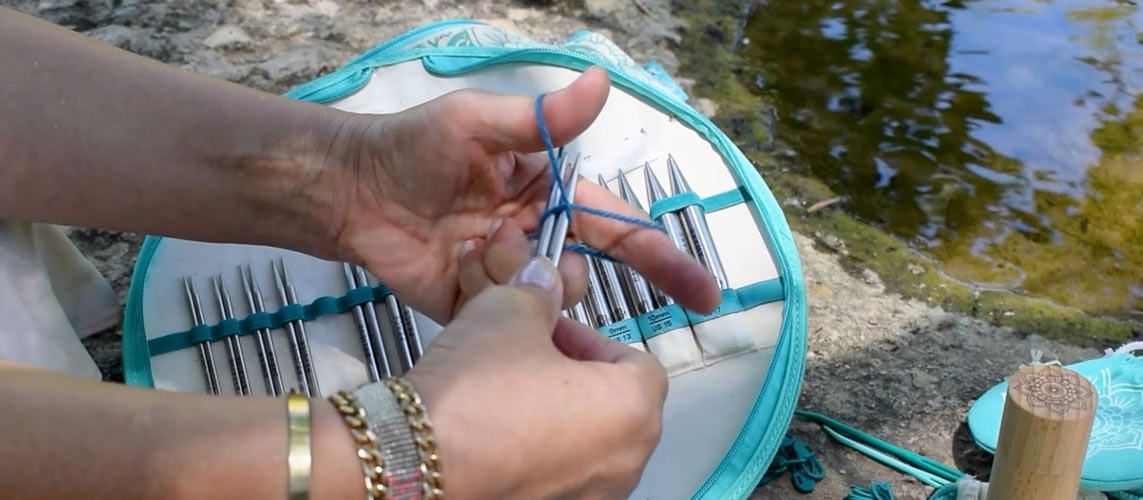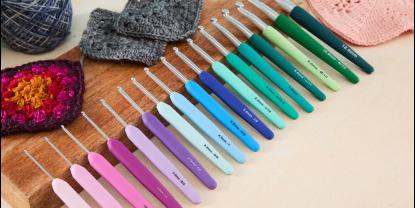Cast-ons are the beginning of your knitting projects. You cast stitches on the knitting needles and the row becomes the foundation row for a project. There are many techniques for the cast-on and it makes sense to learn more than one since each project has its own attributes. While working with stainless steel knitting needles, it is always recommended to cast on stitches on two needles (same sizes or two different sizes). Many knitters find it easier.
In this blog post, we’ll discuss the Provisional Cast-on with two knitting needles. The needles can be anything from your collection- single-pointed, double-pointed or circular. All needles work in pairs, except for the DPNs that work in a set of four or five. But, for casting on temporary stitches, use any needle as long it is smooth and comfortable for you.
So, let’s get started.
What is Provisional Cast On?
Provisional cast-on is a general term for any sort of temporary cast-on of live stitches, which will be later picked up and knit. This is very useful for folded hems, scarves cowls, etc. When working from a pattern, it will usually indicate whether a provisional cast-on should be used. The provisional cast-on with a crochet hook is the most often used method but if you are running short of a hook or unsure about the method, you can easily make one with your knitting needles and yarn.
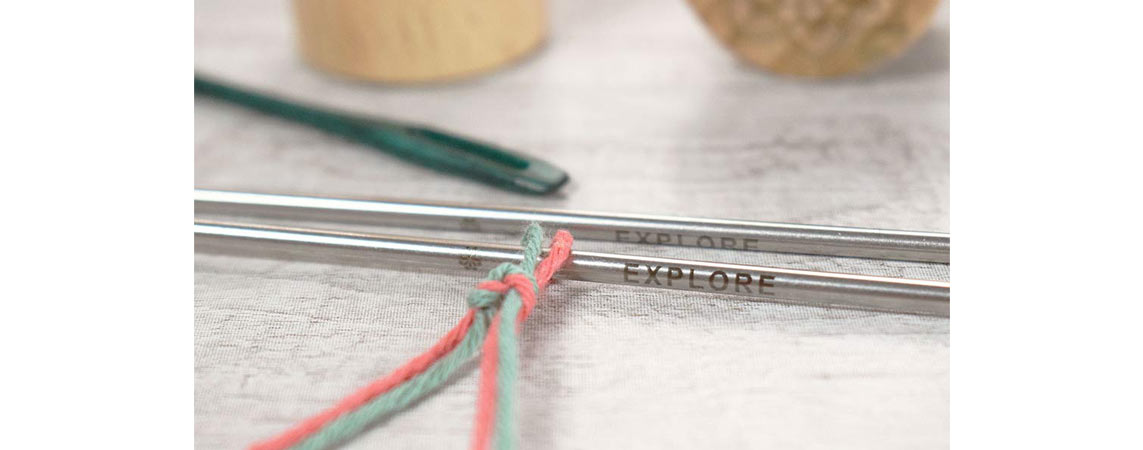
Provisional Cast On Around Waste Yarn
The most commonly used method of a provisional cast-on is with waste yarn. You can easily find some in your collection. It is recommended to use an easily noticeable colour so it’s easy to see. This method when done correctly does not need “unpicking”, just pull out the waste yarn but first make sure that you do not drop stitches.
If you don’t have waste yarn, just cast on around the cable of a circular needle (extra cables are a part of the interchangeable knitting needle sets.
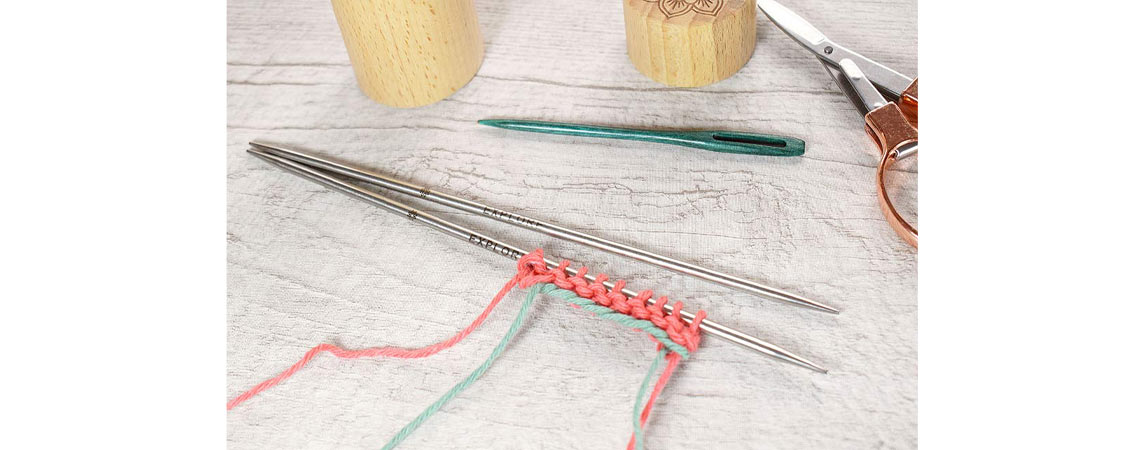
Long-tail Provisional Cast-on
This technique requires you to work a two-strand long-tail cast-on with your regular knitting needles. While one yarn strand leads to working yarn, the other is a waste yarn or another yarn. Choose two contrasting colours for the best results. When you unravel the bottom yarn to knit in the other direction, unpick every stitch, one at a time. Use a slick and smooth yarn (such as cotton) for the waste yarn. Also, if there are a lot of cast on a lot of stitches, the method is not recommended.
Invisible Provisional Cast-on a.k.a. Looped Cast-on
While the last method was avoided for multiple stitches, an invisible cast-on is recommended when you need to cast on a large number of stitches provisionally (temporarily). It is much easier and faster to unravel, but the drawback is, you can only cast on an even number of stitches. The yarn is looped around the needle in a way that every other stitch on the cast-on edge is oriented in the wrong direction. Of course, there is a fix. But you need to pick up the stitches and it's an extra step in the process.
This method works when you need to cast on stitches directly onto a spare circular knitting needle or cable. This also helps in foregoing the step of having to unravel the cast-on edge to pick up stitches, as they're already on a needle! You do need a very flexible interchangeable cable for this, though.
Judy's Magic Cast-on
Judy's Magic Cast-on is a favorite method among knitters who love toe-up socks. The same method can also be used to cast on stitches provisionally. Instead of casting on stitches on both tips of one circular needles (fixed or interchangeable, you need two knitting needles, one for each direction of knitting. You also need two balls of yarn, joined together.
Winding Cast-on
The winding cast-on can be done with just need a needle and the working yarn. If you're working on a bigger project and won't get to the provisionally cast-on stitches until much later, you do need an extra cable, circular needle, or a stitch holder onto which to transfer the stitches.
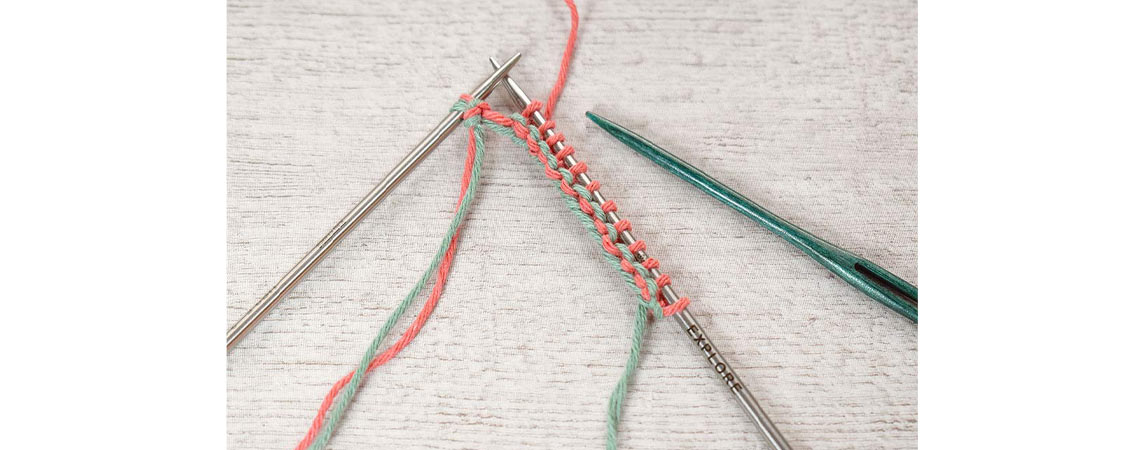
Things to look out for in Provisional Cast on
- Never use wool yarn that felts or is too fuzzy or textured. It will only make it harder to see and unpick stitches when that time comes.
- Work the provisional cast-on by using a slightly larger knitting needle size to cast on with.
- Always remember the stitch count when casting on with waste yarn. It can sometimes be quite hard to see the last stitch. So, count your stitches thoroughly.
To conclude, which cast on you choose is your choice. They all create the same result. The most important thing to remember is to follow the instructions from your pattern and make sure you have picked up exactly the number of stitches the pattern indicates.
With the products from our Mindful Collection enjoy the journey of knitting with a range of smooth stainless steel knitting needles and accessories. For more information on knitting, mindfulness, tricks, techniques and more, follow our blog.


